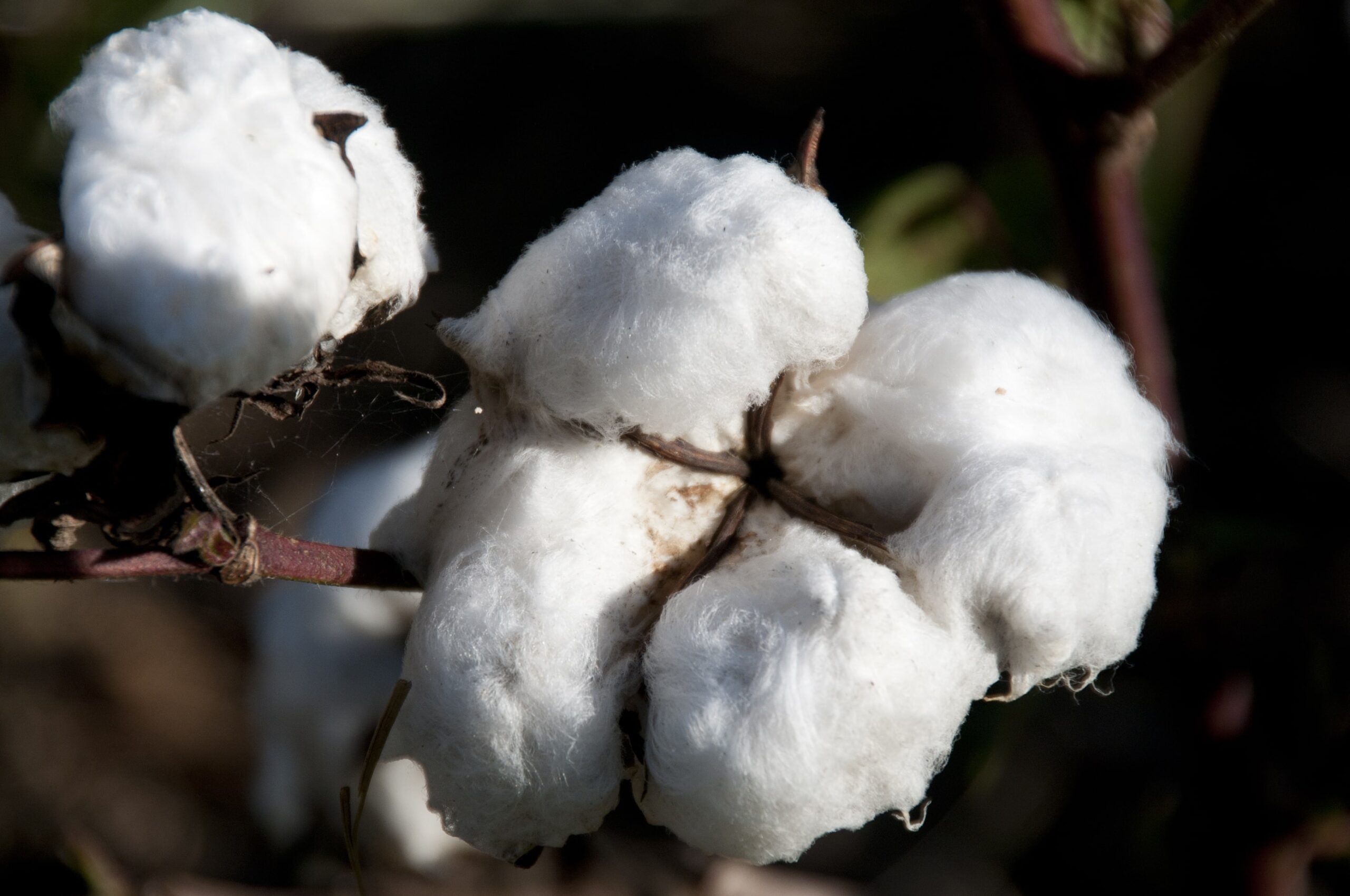From Field to Fabric: The Journey of Cotton Harvesting

Cotton, a versatile and highly valuable crop, has been cultivated and cherished for centuries. Harvesting cotton involves several intricate steps, all contributing to the production of the soft fabric we use daily.
Cultivating Cotton
The process of cotton harvesting begins with the cultivation of cotton plants. Specialized farmers dedicate their expertise and efforts to ensure optimal growth and yield. The cotton plants, scientifically known as Gossypium, are typically planted in spring after the last frost. These plants require a warm climate, ample sunlight, and a sufficiently long growing season.
Farmers carefully select the cotton variety based on factors such as fiber quality, yield, and resistance to pests and diseases. They prepare the soil by tilling and removing any weeds or debris that may hinder growth. Once the soil is ready, the farmer sows the cotton seeds.
Growth and Development
After sowing, the cotton seeds germinate and begin their journey toward maturity. As the plants grow, they undergo several stages, each contributing to the development of the cotton fibers. These stages encompass sprouting, leaf and stem growth, flowering, and boll formation.
Maintaining the health and vigor of the plants is crucial during this period. Farmers closely monitor the plants, providing necessary nutrients, watering, and protecting them from pests and diseases. A successful cotton crop results from a delicate balance between nature and the farmer’s expertise.
Preparing for Harvest
Cotton is ready for harvest when the bolls, which house the cotton fibers, reach full maturity. Determining the optimal time for harvest requires experience and careful observation. Farmers pay close attention to the color, size, and texture of the bolls, ensuring the maximum yield of high-quality cotton fibers.
Before harvesting, it is essential to prepare the fields. Defoliating the cotton crops to remove the leaves, helps with a cleaner harvest and provides a clear visual of how the harvest is progressing. Farmers can also determine if any remaining weeds and debris need to be removed, ensuring an unobstructed path for the pickers. This step helps prevent contamination and minimizes potential damage to the cotton fibers and harvester itself during harvest.
Mechanized Harvesting
Mechanization has revolutionized the cotton harvesting process, making it more efficient and cost-effective. Mechanical cotton pickers have become an indispensable tool for cotton farmers worldwide. These machines perform the vital task of separating the cotton fibers from the plant, significantly reducing manual labor.
Mechanical cotton pickers employ a variety of mechanisms to harvest effectively. Spindles, rotating at high speeds, grasp mature bolls and pull them from the plant. Once removed, the bolls pass through columns of grid bars which prevent excess leaves, stems, and remaining debris from entering the picking unit. The spindles then pass under doffers that remove the cotton and direct it into the suction chamber where the cotton fibers are then sucked through the air system. It is then collected and stored in an onboard module for transportation.
Challenges in Cotton Harvesting
While mechanization has significantly improved efficiency, cotton harvesting still presents several challenges. One of the biggest hurdles is the presence of hindrances such as stones, trash, and foreign objects in the field. These, along with operator error, can damage the picker’s delicate components and decrease overall harvesting efficiency. Farmers rely on replacement parts from trusted manufacturers for top-quality cotton picker parts to mitigate this, ensuring uninterrupted performance in the field.
Transporting Cotton
Once the cotton fibers are harvested and stored, they must be transported to a nearby gin for further processing. Cotton gins are facilities that separate the cotton lint from the seeds and other impurities. The ginned cotton is then baled, packaged, and prepared for transformation into usable fabric.
Transporting cotton from the fields to the gin requires careful handling to prevent damage and contamination. Cotton modules are loaded onto trucks or trailers and transported to the gin with speed and efficiency, preserving the integrity of the harvested fibers.
Processing Cotton
Upon arrival at the cotton gin, the baled cotton undergoes a series of processes to remove impurities and prepare it for the textile industry. The cotton is cleaned, dried, and mechanically separated from the seeds in the ginning process. The separated cotton lint is then pressed into large bales and sampled for quality analysis.
Once the cotton meets the necessary quality standards, it is categorized, graded, and sold to textile mills. The mills process the cotton fibers, turning them into yarn or thread, which forms the foundation of the fabric we use in our everyday lives.
Contact Us Today
The journey of cotton harvesting is a complex and fascinating process that involves the efforts of skilled farmers, innovative machinery, and a keen eye for quality. From the cultivation of cotton plants to the transformation of raw fibers into yarn, each step contributes to creating the fabric we rely on for comfort and style.
To ensure a seamless cotton harvesting process, relying on trusted manufacturers for high-quality replacement parts is crucial. Certi-Pik, USA, excels in providing top-grade cotton picker parts, assisting farmers in maintaining their machines’ efficiency and maximizing their yield.
As we appreciate the journey of cotton harvesting, let us recognize the hard work and expertise of farmers and manufacturers alike. Explore the wide range of quality cotton picker parts provided by Certi-Pik, USA, and experience the excellence that ensures a bountiful harvest every season. If you encounter a chronic harvesting problem, we will work with you to find a solution to help the cotton harvesting community.
Discover our comprehensive range of cotton picker parts and accessories. With our commitment to quality and unparalleled expertise, Certi-Pik, USA ensures that your cotton harvesting process remains optimized, efficient, and hassle-free. Contact our team of professionals today to benefit from our exceptional parts.
